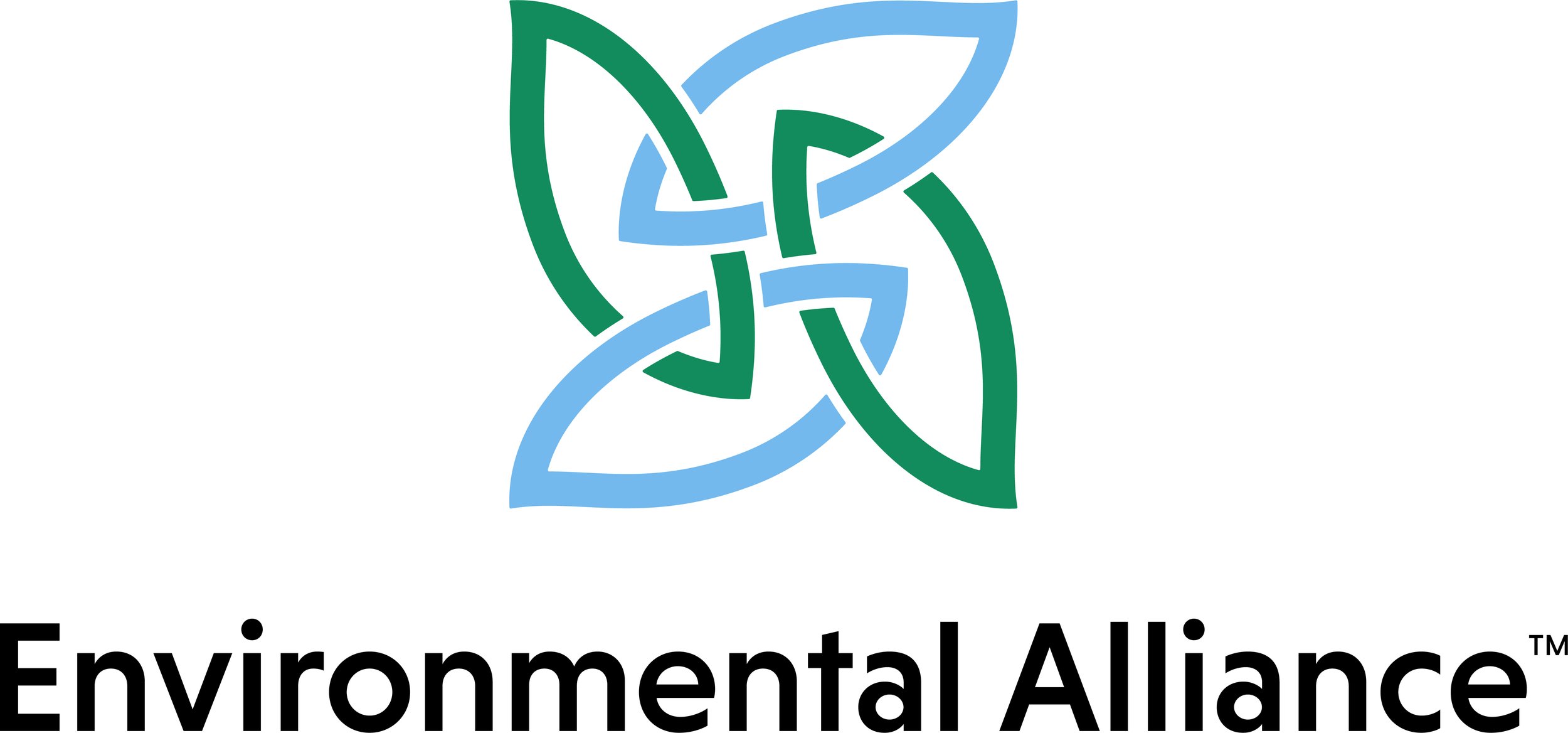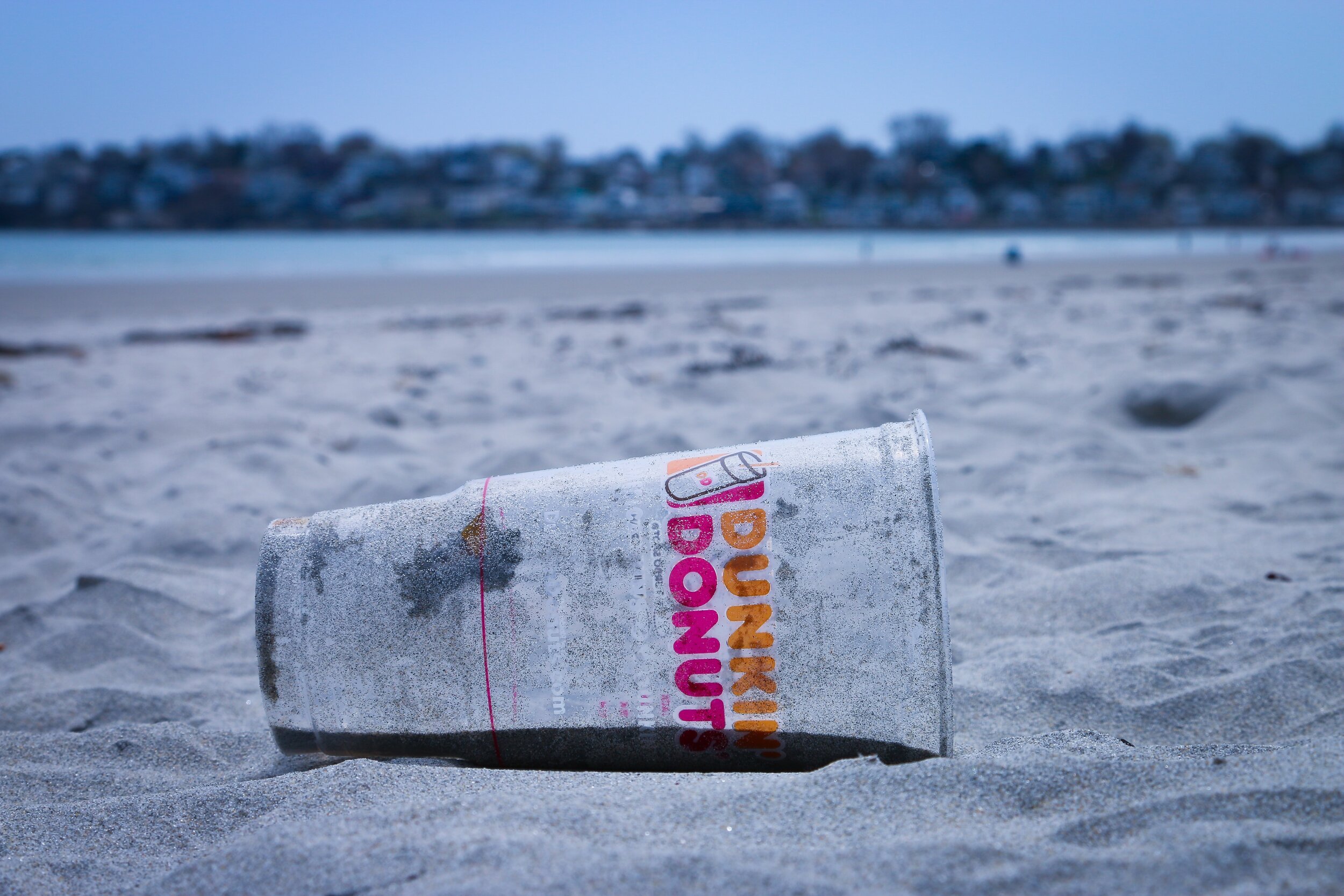The History and Proliferation of Single-Use Plastic Products
Photo by Brian Yurasits on Unsplash
At the beginning of the year 2018, I traveled around Thailand for two months to explore the country and immerse myself in their culture. The country's landscape features a beautiful blend of lush green forests overtaking the protruding mountains, mixed with white sand beaches shaded by palm trees. Tourists come from all over the world to enjoy the serenity, their problems forgotten at home.
During my extended vacation, I noticed a Thai custom that broke this facade of paradise. They use a lot of plastic.
Coming from an American, this might sound like the pot calling the kettle black. And as a self-proclaimed environmentalist, I admittedly view this problem through a biased lens. But the amount of plastic that gets used in everyday life there is staggering. For instance, buying food at a street vendor typically involves multiple layers of plastic bags along with plastic utensils. Even a simple visit to one of the numerous 7-Eleven convenience stores, fully stocked with single-use plastic-wrapped products, provides you with a plastic bag after every purchase.
A more depressing reality is that the garbage cans on either side of the entrance are filled to the brim with those same mandatory checkout bags, immediately thrown away upon exit. The trash is rarely properly disposed of; It just seems to float along the streets and sidewalks.
The resort beaches are pristine, but within a 5-minute walk, you’ll see those same beaches riddled with trash, as if they were simply dumped out the window of the hotel next door. Sadly, Thailand is not the worst offender. According to a study conducted by the Beijing Science and Technology Commission, Thailand ranks sixth in the world for mismanaged waste, trailing behind China, Indonesia, and Vietnam (Jambeck et al., 2015).
To fully understand the scope of this problem, we have to first understand the history of plastics and their rise to prevalence in today's society.
A brief history of plastics
Plastics are a type of synthetic polymer, which is a long chain of molecules. Polymers occur naturally, like silk or sequences of DNA. Synthetic polymers, on the other hand, are created in a lab. The first synthetic polymers were invented to create an alternative to ivory. During the mid 19th century, the rising popularity of billiards had put a strain on the supply of ivory—the primary material used to create the pool balls. This led to the invention of the first fully synthetic plastic, created by treating the cellulose from cotton fiber with camphor.
It was soon discovered that this new synthetic material could be molded into a variety of shapes, avoiding the slaughter of animals and difficult extraction of other natural resources (Science History Institute, n.d.). Over the course of the century, humans continued to refine the development of plastics, later deriving them from fossil fuel products, utilizing the abundance of carbon atoms they provide.
The discovery of a viable synthetic material was revolutionary because nature can only provide so much wood, coal, and metal. Using a fully synthetic material in lieu of natural resources ostensibly meant that using this new product would be beneficial to the environment.
World War II necessitated the rapid expansion of this technology as the need to preserve scarce natural resources created a demand for new synthetic materials. Nylon was used during the war for parachutes, ropes, body armor, helmet liners, and more. Plexiglass provided an alternative to glass for aircraft windows, while acrylic sheets were incorporated into the vessel's cabins and noses.
During World War II, plastic production in the United States increased by 300% as everyday household products converted to plastic as well (Science History Institute, n.d.). Plastics took the place of steel in cars, paper and glass in packaging, and wood in furniture.
At the time, plastics were seen as the building block for the future. They provided a safe, abundant, inexpensive, and sanitary material that could be molded and shaped into any form desired.
Photo by Waldemar Brandt on Unsplash
Origins of greenwashing and plastic ad campaigns
This glorified view of plastics didn’t last long as the post-war perception of them changed. The first recorded analysis of plastics found in the ocean was conducted in 1960, at a time where environmental awareness was at an all-time high.
Then, plastics accounted for less than 1% of municipal solid waste by mass in the United States. As of 2018, that proportion has increased to 12% of all municipal solid waste worldwide (Tackling Increasing Plastic Waste, n.d.). This growing accumulation of plastic waste, as well as an increased societal distrust of plastics, led to the invention of recycling as a solution.
Beginning in the 1950s, a slew of beverage and manufacturing companies alike formed a non-profit called Keep America Beautiful. Their mission was to educate the public while encouraging environmental stewardship.
After teaming up with the Ad Council, the brainchild behind public service announcements such as Smokey the Bear and McGruff the Crime Dog, they created their first marketing campaign against wasteful individuals, coining the term “litterbug.”
Their campaign continued for decades as Matt Wilkins, author and postdoctoral researcher at Vanderbilt University, effectively describes:
Two decades later, their “Crying Indian” PSA, would become hugely influential for the U.S. environmental movement. In the ad, a Native American man canoes up to a highway, where a motorist tosses a bag of trash. The camera pans up to show a tear rolling down the man’s cheek. By tapping into a shared national guilt for the history of mistreatment of Native Americans and the sins of a throwaway society, the PSA became a powerful symbol to motivate behavioral change. More recently, the Ad Council and Keep America Beautiful teams produced the “I Want To Be Recycled’ campaign, which urges consumers to imagine the reincarnation of shampoo bottles and boxes, following the collection and processing of materials to the remolding of the next generation of products (Wilkins, 2018).
The motive behind these ad campaigns had been to distract viewers from the true underlying problems, shifting blame away from corporate America for their role in the plastic problem we currently face.
Keep America Beautiful acted as the first corporate greenwashing front of its kind, fabricating a public shift in blame to consumer recycling behavior while actively preventing legislation that would have extended the producers’ responsibility for waste management (Conrad, 2005). Examples of this pro-plastic lobbying and the impeding of legislation have been documented since the genesis of their organization.
Photo by Nick Fewings on Unsplash
The farce of recycling as our solution to plastic
In 1953 Vermont passed the nation's first-ever “bottle bill,” which sought to ban the sale of beverages in non-refillable containers. At the time, the manufacturing of single-use packaging was beginning to expand. Businesses were expecting higher profit margins associated with the ability to sell their product in containers without the undermining costs of recycling or cleaning.
Coincidentally, Keep America Beautiful was founded that same year, thus beginning their crusade against any legislation that would prevent the manufacturing of single-use containers. Lobbyists eventually won their battle and Vermont lawmakers phased out the legislation after only four years.
Industry producers were able to act unrestricted for almost 20 years, until 1971 when Oregon passed their own bottle bill. This law required a five-cent deposit on beverage containers, which would be refunded once the product was returned. Since then 10 additional states have adopted similar bottle bills, which have seen 60% container recovery rates, compared to a 24% recovery rate in states that do not have such laws (Wilkins, 2018).
Yet Keep America Beautiful, and other industrial lobbyists, have continued to publicly oppose and market against bottle deposit legislation. Between 1989 and 1994 the beverage industry spent over $14 million dollars in campaign contributions aimed at defeating the National Bottle Bill (Bottle Bill Resource Guide, n.d.).
Wilkins continues:
In fact, the greatest success of Keep America Beautiful has been to shift the onus of environmental responsibility onto the public while simultaneously becoming a trusted name in the environmental movement. This psychological misdirect has built public support for a legal framework that punishes individual litterers with hefty fines or jail time, while imposing almost no responsibility on plastic manufacturers for the numerous environmental, economic and health hazards imposed by their products (Wilkins, 2018).
Other countries have passed similar impactful legislation. For example, the United Kingdom passed a law in 2015 requiring shops to charge a mandatory fee for single-use plastic carrier bags, resulting in an 80% reduction in plastic bag use (Department for Environment, Food, & Rural Affairs, n.d.). Similarly, Germany has adopted their own bottle deposit laws which have seen 98.5% recovery rates (Wilkins, 2018).
Recycling laws like these are beneficial and should be implemented in all developed countries. After 40 years though, we still don’t have a ubiquitous recycling procedure; 91% of all plastic waste is still unrecycled, ending up in landfills or the ocean (Parker, 2018).
The fact is, recycling laws are a luxury to enforce. Low-income and lower-middle-income countries do not possess the necessary infrastructure to effectively handle large-scale recycling. Ultimately, we need a shift in focus away from individuals’ recycling habits to an overhaul of municipal waste management systems and an enhancement of recycling programs.
Recycling is only a small piece of a much larger problem.
The main concern is the abundance and availability of single-use plastic packaging products designed for immediate disposal, such as water bottles and shopping bags. They hold the largest market share of all plastics and since 1975, production of these materials has increased by 620% (Jambeck et al., 2015).
The assumption that recycling is the solution to our plastic problem was a ploy created by big business to divert attention, laying blame on the consumer instead of the producer. Single-use plastic products are too good for the packaging industry’s bottom line to scale back production, but they make up the majority of total plastic pollution in our oceans (Lindwall, 2020).
Can we move away from recycling towards better solutions?
Accepting blame for a problem we have little control over has allowed industry lobbyists to deny laws that would potentially reduce single-use packaging and/or improve plastic waste mismanagement. Unfortunately, now the problem has become so bad that recycling alone will not solve this problem.
Plastics have become so ingrained into our planet that scientists believe two-thirds of all plastic ever produced still remains in the environment in some form (Bienkowski, 2019).
A paradigm shift needs to happen—away from cheap and disposable to sustainable and safe.
No one is unaffected. We all use plastic and we are all at risk of its adverse effects. Any and all solutions will require all of us to contribute, not just a few pesky litterbugs.
+9 Resources
Jambeck, J.R., Geyer, R., Wilcox, C., Siegler, T.R., Perryman, M., Andrady, A., … Law, K. L. (2015). Plastic waste inputs from land into the ocean. Science, 347, 768-770.
Wilkins, M. (2018, July 6). More Recycling Won't Solve Plastic Pollution. Scientific American. Retrieved from https://blogs.scientificamerican.com/observations/more-recycling-wont-solve-plastic-pollution/
Conrad, A. (2005). Litterbug World. Alternet. Retrieved from https://www.alternet.org/story/21651/litterbug_world
Bottle Bill Opponents. Bottle Bill Resource Guide. Retrieved from http://www.bottlebill.org/about/opponents.htm
(2018). Carrier bags: why there’s a charge. Department for Environment, Food & Rural Affairs. Retrieved from https://www.gov.uk/government/publications/single-use-plastic-carrier-bags-why-were-introducing-the-charge/carrier-bags-why-theres-a-5p-charge
Tackling Increasing Plastic Waste. The World Bank. Retrieved from https://datatopics.worldbank.org/what-a-waste/tackling_increasing_plastic_waste.html#:~:text=In%202016%2C%20the%20world%20generated,million%20tonnes%20from%20North%20America.
Parker, L. (2018). A whopping 91% of plastic isn’t recycled. National Geographic. Retrieved from https://www.nationalgeographic.com/news/2017/07/plastic-produced-recycling-waste-ocean-trash-debris-environment/
Lindwall, C. (2020). Single-Use Plastics 101. NRDC. Retrieved from https://www.nrdc.org/stories/single-use-plastics-101#why
Bienkowski, B. (2019). Plastic threatens our health from before production to long after it’s thrown away: Report. Environmental Health News. Retrieved from https://www.ehn.org/plastic-pollution-and-human-health-2629322391/two-thirds-of-all-plastic-ever-produced-remains-in-the-environment




